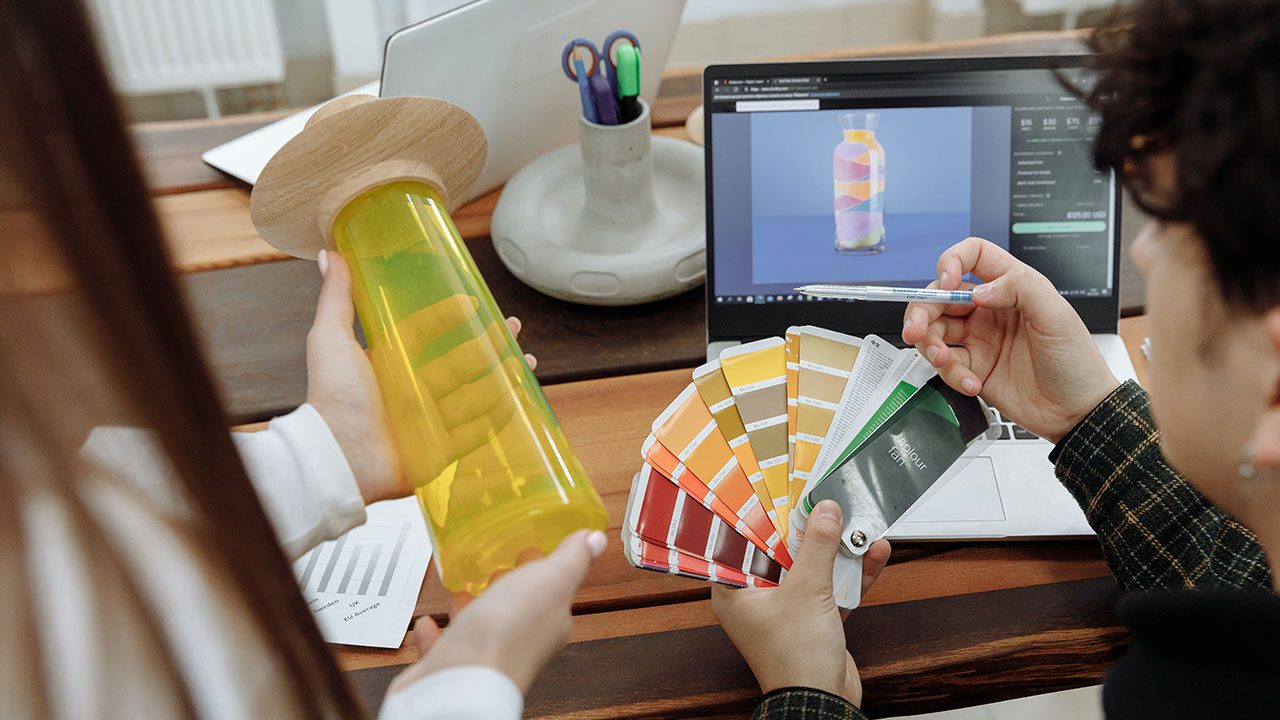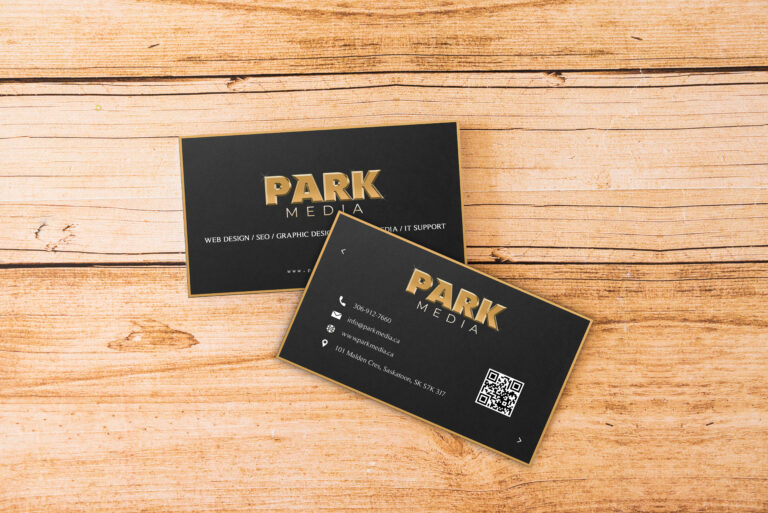Graphic design is a broad field that involves creating visual content to convey a message or concept. It is an essential aspect of marketing, advertising, branding, and communication, as it plays a significant role in the success of many businesses. In this article, we will discuss graphic design basics, including its principles, elements, tools, and different types of graphic design that graphic designers may specialize in.
Principles of Graphic Design
Graphic design is built upon several fundamental principles that guide visual content creation. Understanding these principles is essential for creating compelling and visually appealing designs. Below are the basic principles of graphic design:
Balance: The arrangement of visual components in a design is called balance. It entails achieving a sense of harmony among the various elements of a design, such as text, graphics, and white space.
Contrast: Contrast uses opposing elements in a design, such as light and dark, large and small, or bold and thin. Contrast helps to create visual interest and can get the viewer’s attention to specific parts of a design.
Emphasis: Emphasis refers to the use of visual elements to highlight specific areas of a design. You can achieve this through color, size, or placement of components.
Alignment: Alignment refers to the arrangement of visual elements in a design. It involves creating a sense of order and structure in a design by lining up elements along a specific axis.
Repetition: Repetition involves repeating visual components in a design to create a sense of unity and coherence. You can use color, texture, and shape to achieve this.
Elements of Graphic Design
In addition to the principles of graphic design, there are several fundamental elements that graphic designers use to create visual content. These elements include:
Color: A color is a powerful tool in graphic design. Use color to convey emotion, create contrast, and highlight specific areas of a design. It also creates a sense of brand identity and recognition.
Typography: The use of fonts and typefaces in a design. It is a core part of graphic design since it significantly affects a design’s readability and legibility.
Images: Images are a crucial part of graphic design. It helps to convey information, create visual interest, and evoke emotion. In addition, it can also create a sense of brand identity and recognition.
Space: Space refers to the area surrounding visual elements in a design. It is an essential element of graphic design, as it can significantly impact the balance and composition of a design.
Tools of Graphic Design
Graphic designers use different tools to create visual design. These tools include:
Computer software: Graphic design software, such as Adobe Photoshop, Adobe Illustrator, and Canva, are essential tools for creating visual content. They allow designers to create and manipulate images, typography, and other visual elements.
Drawing tools: Drawing tools, such as pencils, markers, and tablets, are also essential for graphic designers. They allow designers to create sketches and drawings by hand, which can be digitized and incorporated into a design.
Photography equipment: Photography equipment, such as cameras and lighting, can be used by graphic designers to create custom images for their designs.
Printing equipment: Printing equipment, such as printers and plotters, are also essential for graphic designers. They allow designers to produce high-quality prints for marketing materials and other applications.
Different Types of Graphic Designs
Branding and Identity Design: This type of design focuses on creating a cohesive and recognizable brand identity for a company or organization. This may include designing logos, business cards, stationery, and other marketing materials.
Web Design: Web design involves creating a website’s layout, graphics, and visual elements. A website needs an attractive, user-friendly design to engage visitors and improve the user experience.
Print Design: The print design includes printed materials such as brochures, posters, flyers, and packaging. Print design requires a good understanding of printing techniques and how colors, images, and text will appear in the final printed piece.
Motion Graphics Design: Motion graphics use animation and video to create visual content. This type of design is commonly used in video production, advertising, and social media.
Things to Remember as a Graphic Designer
- When creating graphic designs, it’s essential to remember the target audience and the purpose of the design. Different designs are suitable for different audiences and purposes. For instance, a design for a children’s book will differ from a corporate brochure design.
- Effective graphic design involves a balance between form and function. A design should be visually appealing, but it should also serve its intended purpose. A design that is aesthetically pleasing but fails to communicate its intended message effectively is not a successful design.
- Graphic designers should stay up-to-date with the latest trends in graphic design. This includes keeping up with new design software, tools, and techniques and following trends in color schemes, typography, and layout. Staying up-to-date with the latest trends helps designers create fresh, modern, and relevant designs for their target audience.
Conclusion
Graphic design is essential to marketing, advertising, branding, and communication. It involves creating visual content to communicate a message or idea to your target audience. With Park Media’s years of experience and expertise in this field, they have demonstrated an impressive ability to create high-quality designs that are visually stunning and effective in achieving their intended purpose.


